|
Vicenza was founded back in Roman era and later on came under rule of the Republic of Venice. Similar to Volterra, Vicenza also has these layers of histories with buildings sitting on top of the Roman ruins. The layout of the city is heavily guided by the pre-existing Roman ruins and the rivers surrounding it. Future of the city: Vicenza is still growing as they planning out a mixed use district in the outskirt of the old town Andrea Palladio (1508-1580) I decided to pay Vicenza a visit because of Andrea Palladio's works. Many claim that Andrea Palladio is the most influential architect of the Western World. His publication I Quattro Libri Dell'Architettura (The Four Books of Architecture) established standards for the Palladian Style architecture, and later on being recognized by other nations including Thomas Jefferson of the United States, Catherine II of London, Russia, and Persia. Palladio gained his design language from classical buildings, especially from Rome. The style emphasizes a lot on symmetry and proportion. Palladio also designed with context in mind, he would include the site, religious references , cosmology, weather in his design. Theatro Olympico Theatro Olympico is Palladio's last work. It's the oldest still-functioning theatre space in Europe. The project is a re-construction of Roman theatre as if Palladio was Virtruvius himself. Villa la Rotonda First time I read about Villa Rotonda was back in Sophomore year history class. The image they shown was a bird's eye view photo of the villa, and I thought it was a mundane and not-so-interesting building even though at that time my professor spoke highly of it. Fast forward to grad school, many books I read had used Villa Rotonda as reference, even Peter Zumthor made a shoutout in his book, which got me curious about it. Sounds kinda funny, but I feel like my architecture learning process is kinda reverse. One should learn about the past first and then move forward to contemporary design, but I did not care about classical architecture at the beginning, and now the more I learn about architecture, the more I want to understand all the old precedents. Villa la Rotonda is definitely one of my favorite Western architectures after the visit. The building is a unprecedented masterpiece, and it's really about the idea. The site is one of the most pleasing and delightful that one could find because it is on top of a small hill which is easy to ascend; on one side it is bathed by the Bacchiglione, a navigable river, and on the other is surrounded by other pleasant hills which resemble a vast theater and are completely cultivated and abound with wonderful fruit and excellent vines; so, because it enjoys the most beautiful vistas on every side, some of which are restricted, others more extensive, and yet others which end at the horizon...” A little background about the villa according to the introductory panel: "The opportunity to realize this vision came to Palladio from a special person, Paolo Almerico (Vicenza 1514–1589), who was not only a papal prelate but also an intellectual, a member of a refined cultural circle of that time, a poet and a man of letters, who wanted to build for himself a ‘villa’, just out of Vicenza, for his retirement, after a career in Rome at the Papal Court. " Palladio planned 20 villas but only two of them, La Rotonda and Villa Trissino di Meledo (that would never be built) have the peculiar plan that sets them apart: the central round hall with the domed vault, inscribed in a square, with four facades, each with a projecting portico and steps, 6 Ionic columns. Andrea Palladio intended to transfer into civil architecture a ‘sacred’ inspiration, using a plan already present in religious architecture (such as S. Pietro in Montorio temple in Rome); this idea comes out of his well known archaeological studies and is suggested by many scholars to be derived from the Roman temples. The particular site, the special personality of Paolo Almerico and Palladio’s meditations on ancient art came together in this unique opportunity for Palladio, who was finally able to realise his vision of a villa-temple. Perfect and researched proportions, expression of a measure where tout se tient are in front of the visitor at La Rotonda: you can feel an emotion that touches the spirit. " The four corners of the villa are sitting on the four cardinal directions (Ex: North, West, East, South). Through out the whole project, Palladio wanted to create the relationship between human imperfection and the Divinity. The dome and the mirrored floor plan resemble a juxtaposition of sphere and square, which ultimately reference back to the cosmology at that time. Originally, Palladio designed the villa with an open dome, just like the Pantheon, the four rooms facing within would then create a street scene or like a miniature city. The most interesting part of the project for me is that Palladio really mastered the design language of classical architecture and used this project to create his own. It's not Roman architecture anymore, it's Palladian! The idea of combining Cathedral design with residential unit, and the same time fulfill it with the context and the surrounding is what makes this building iconic. Palladio Museum Palladio Museum has done a great job presenting the source materials. It covered Palladio's life story and many of his work in details. I highly recommend visiting if you find yourself at Vicenza at some point. Other Palladian Buildings
Vicenza houses many of Palladio's buildings. The city of Palladio became a UNESCO World Heritage Site in 1994. I'm not going to talk about all his projects. This blog only covers the very surface of his work. If you're interested in knowing more, there are a lot of publications and videos out there!
0 Comments
Leave a Reply. |
AboutThis blog was launched in August, 2015 during my 8th year of studying abroad in Barcelona, Spain. I decided to start this blog and record some of my thoughts and moments. This blog is also dedicate to Richard Fu, a good friend of mine who is now guarding me from above. He inspired me to get out of the comfort zone and be curious about the world. Amig@'s blogs
Check out my brother Will's blog (in Mandarin) to see what he's up to these days (Design, fashion, food, technology, music, film...etc) Check out Kris' website for some high quality photos around the world Archives
September 2023
|
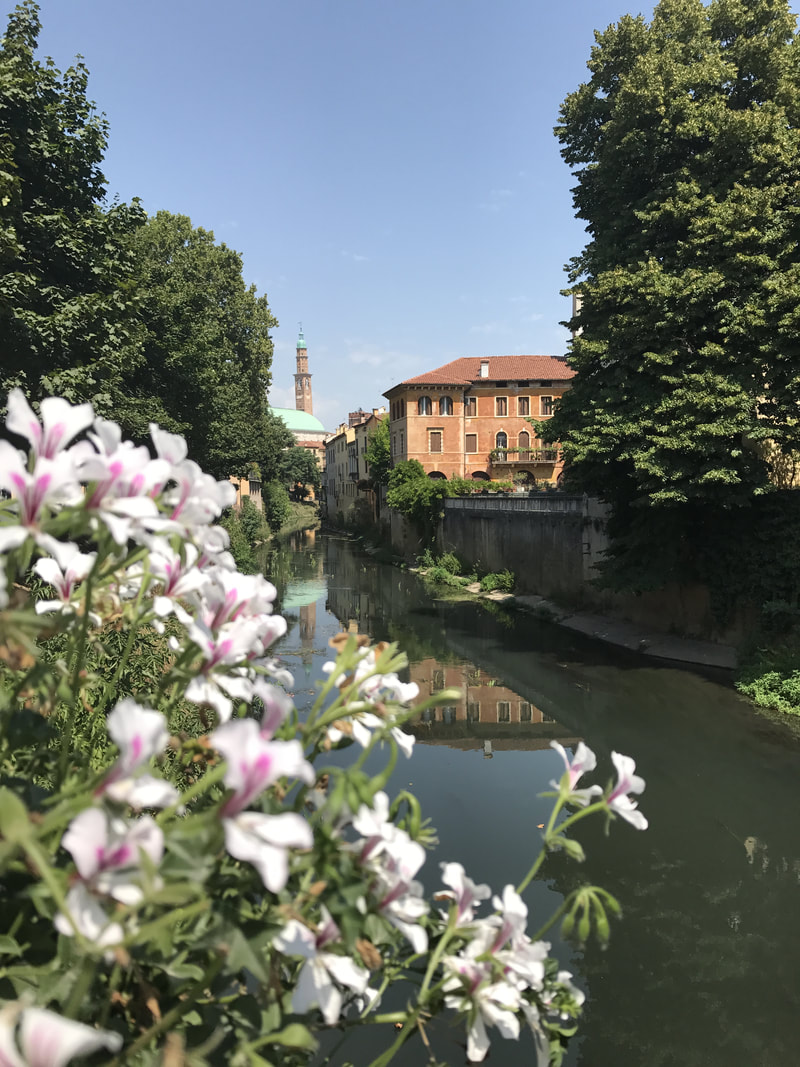
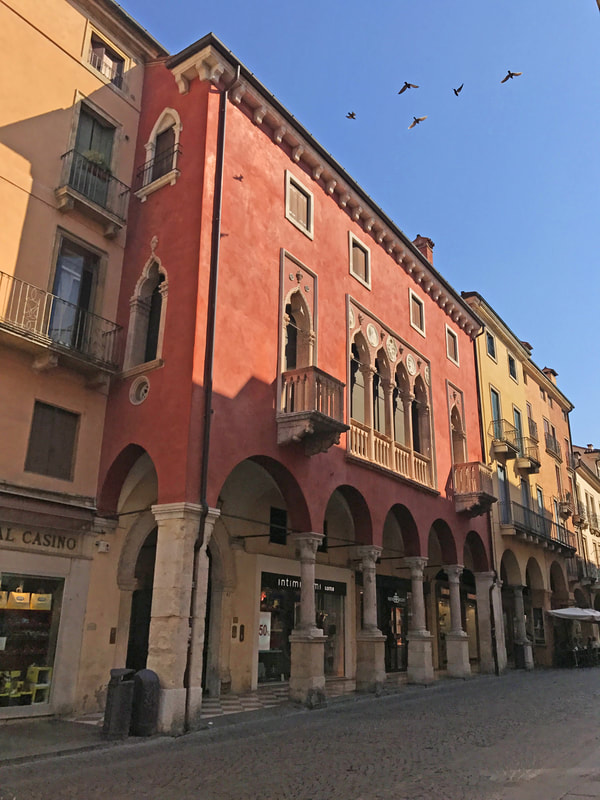
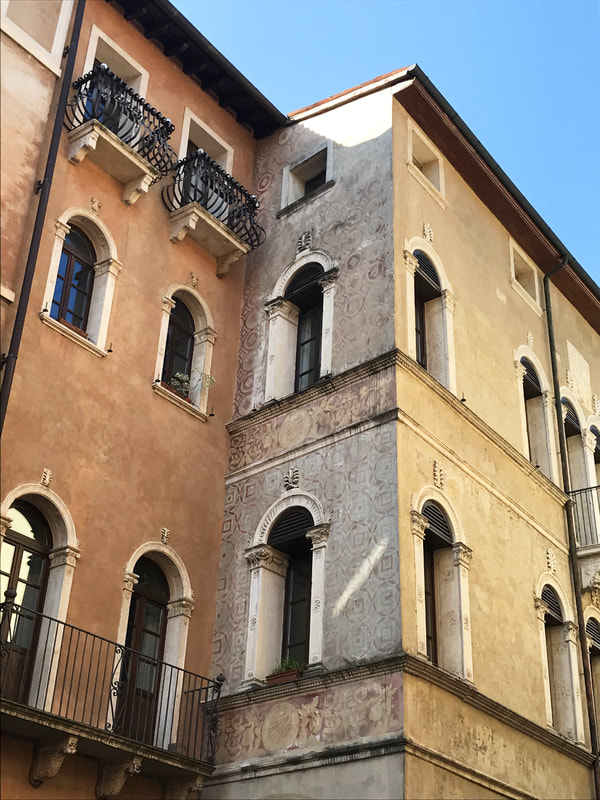


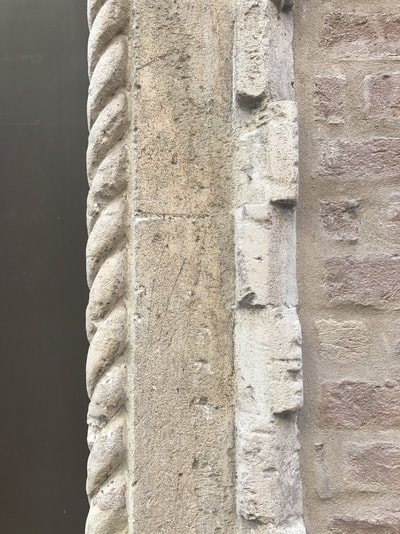
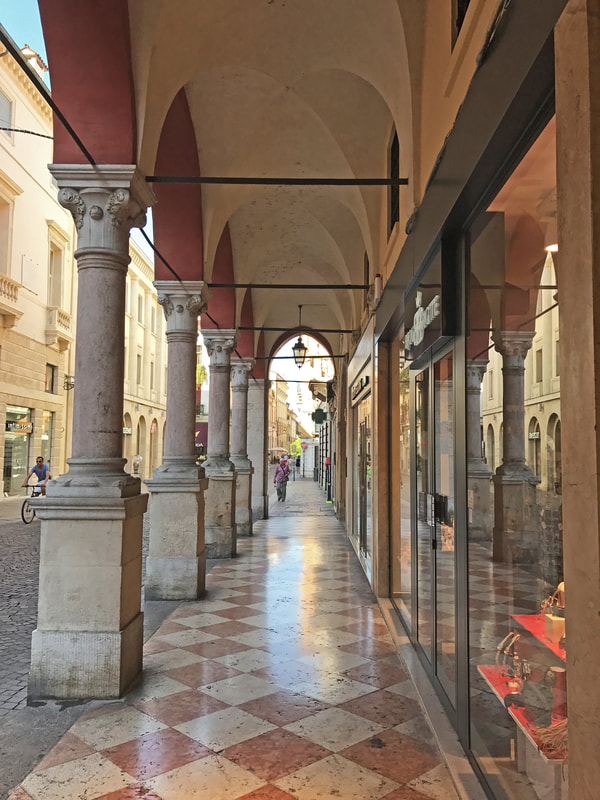

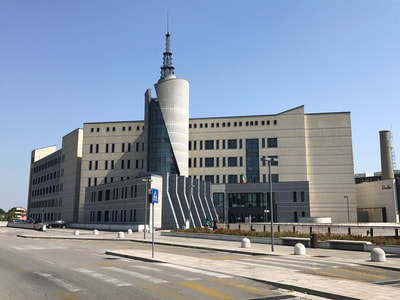
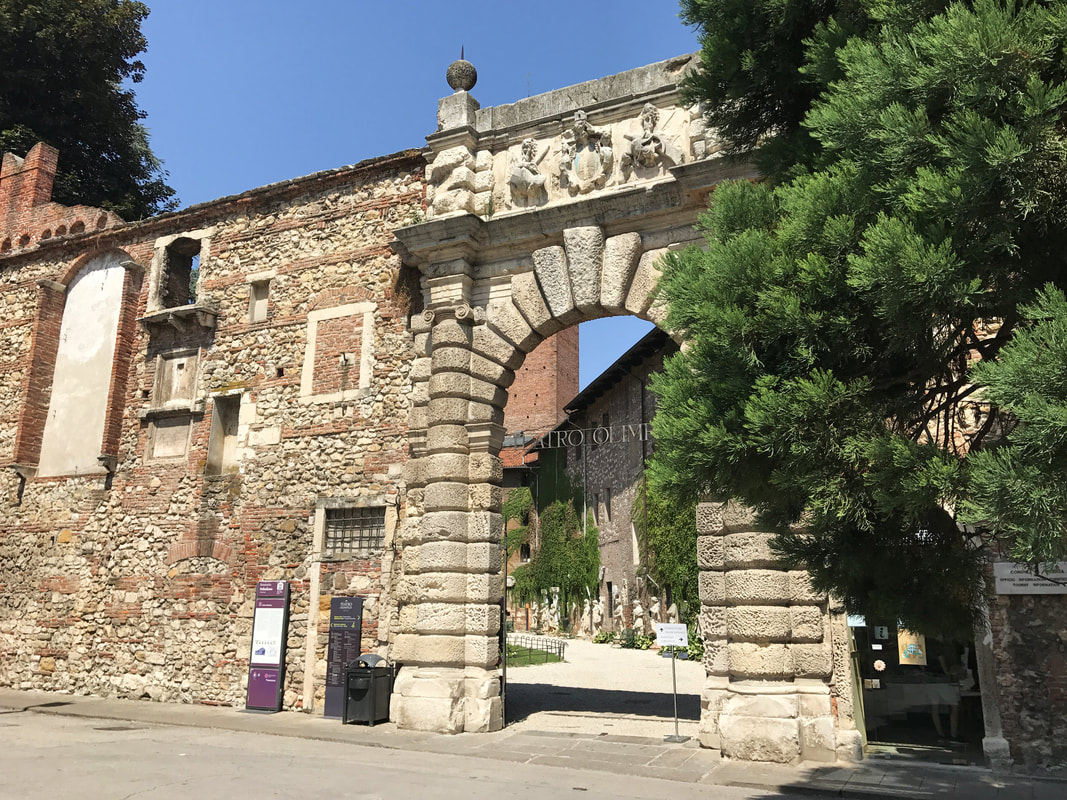
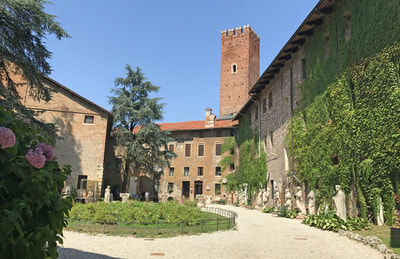
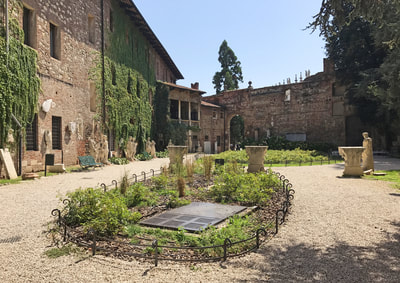
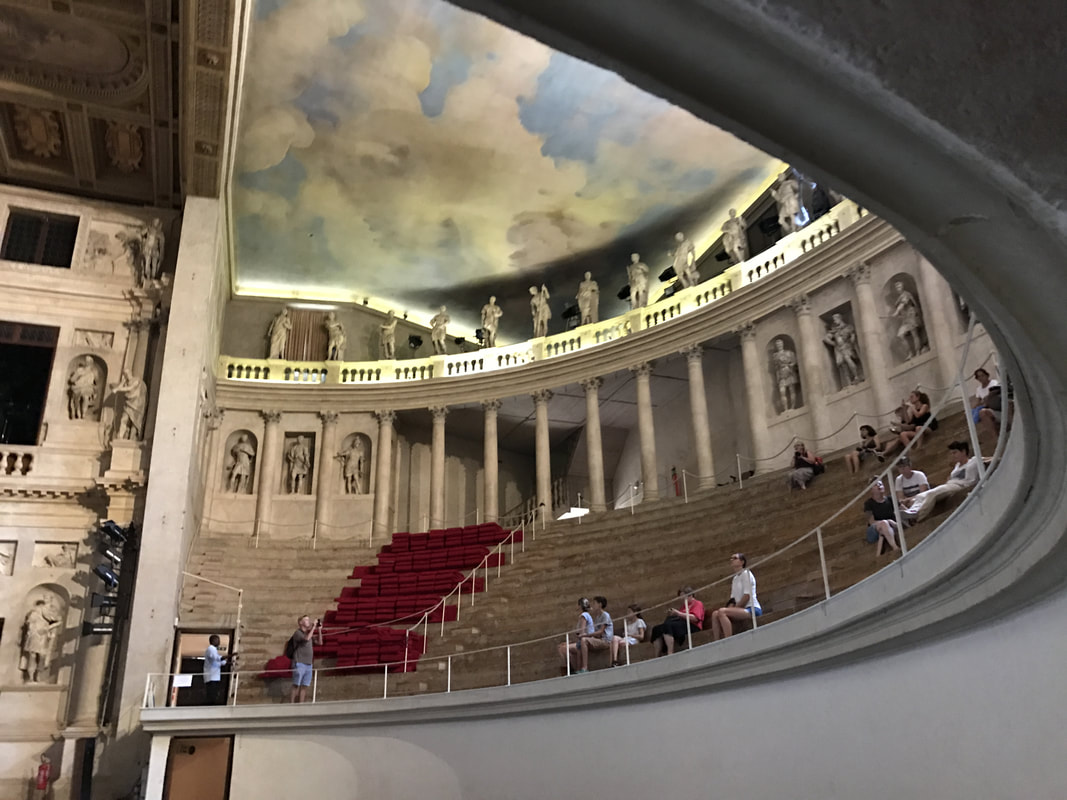
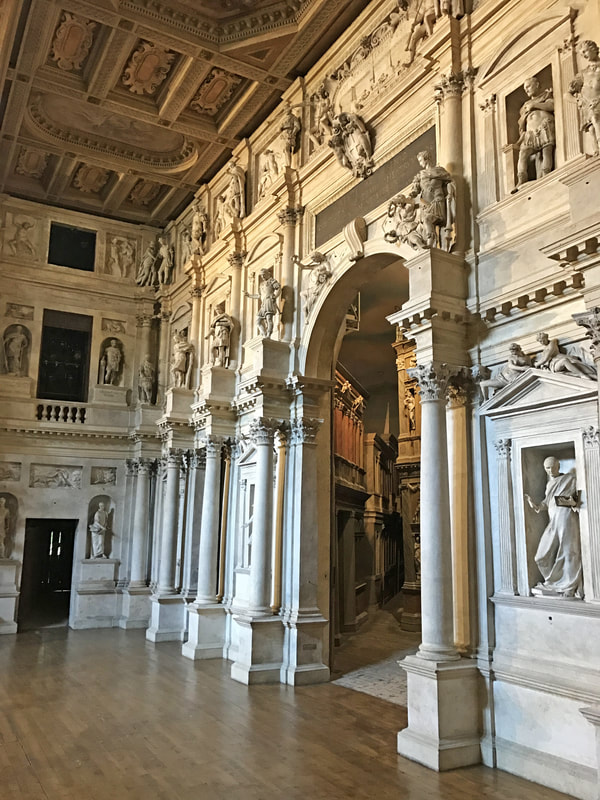
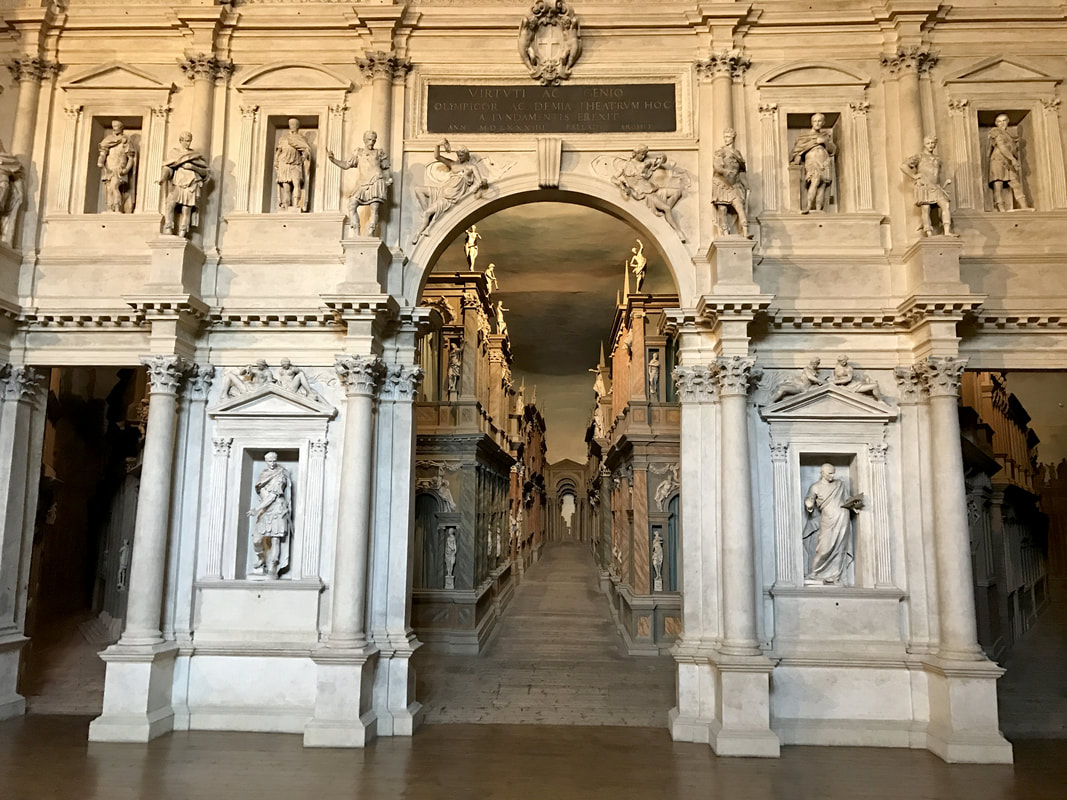
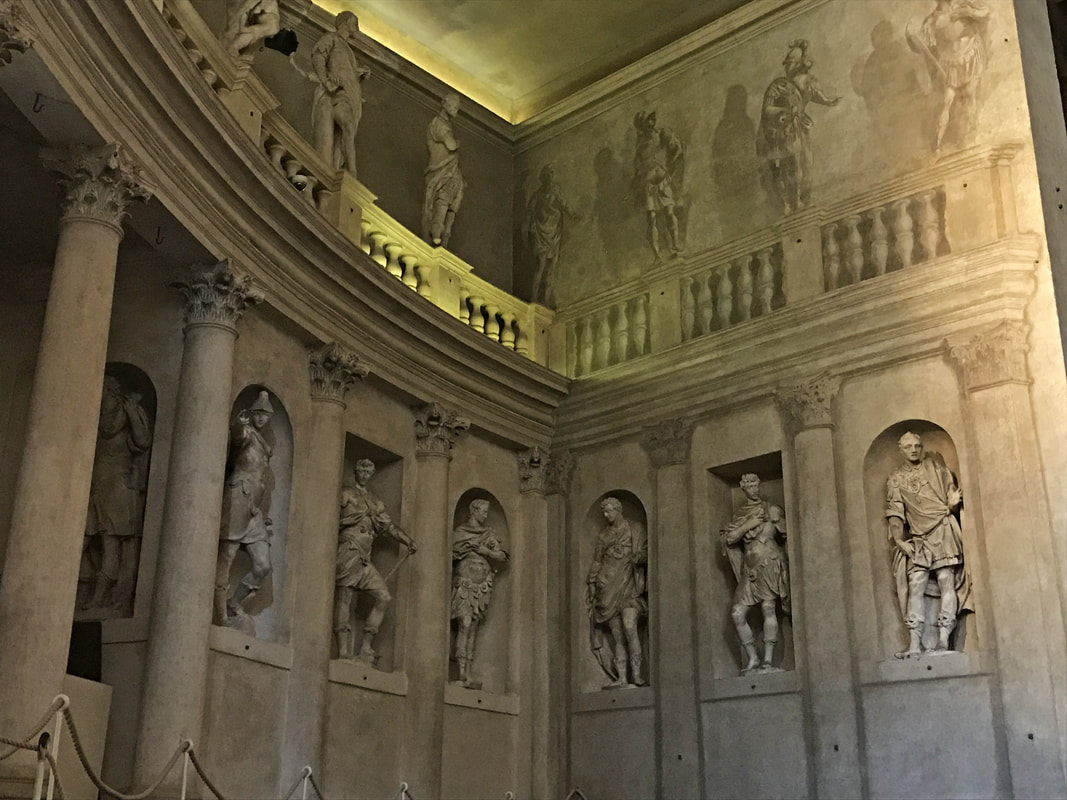
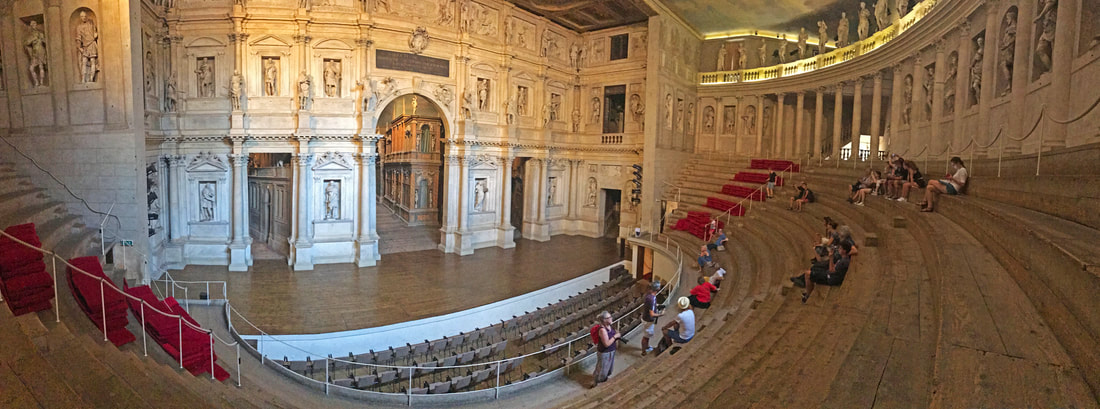
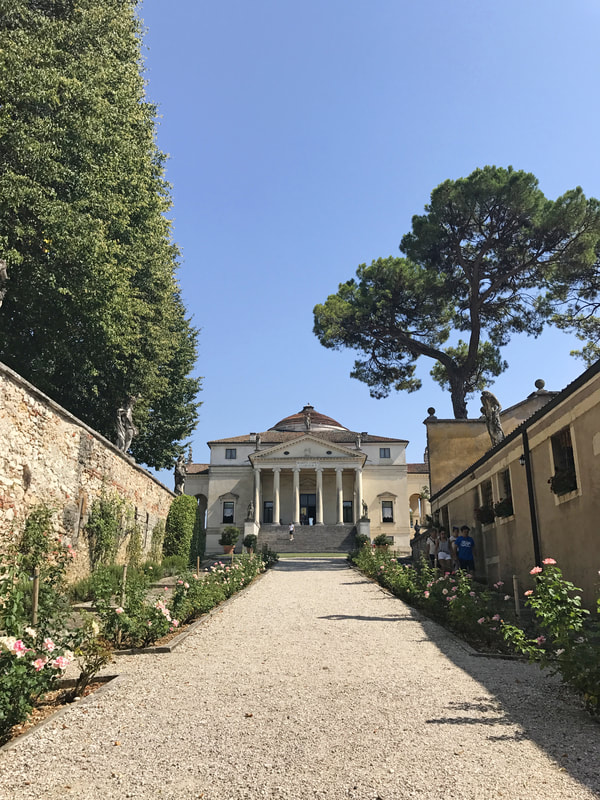
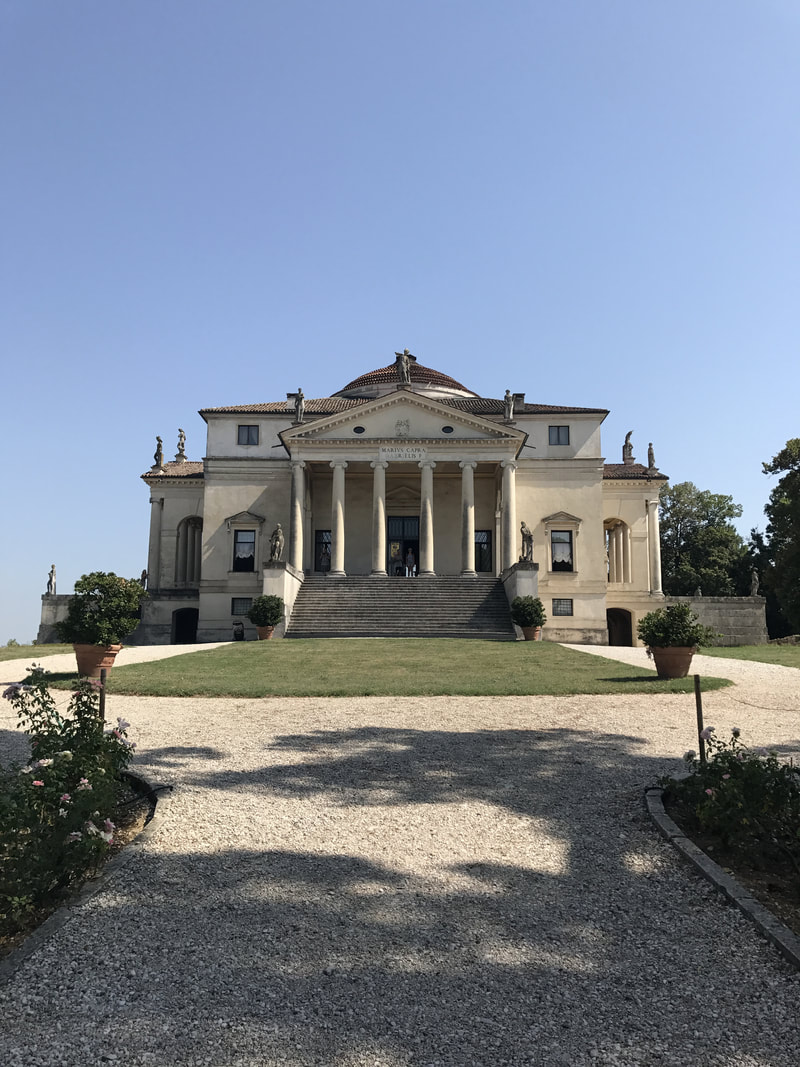
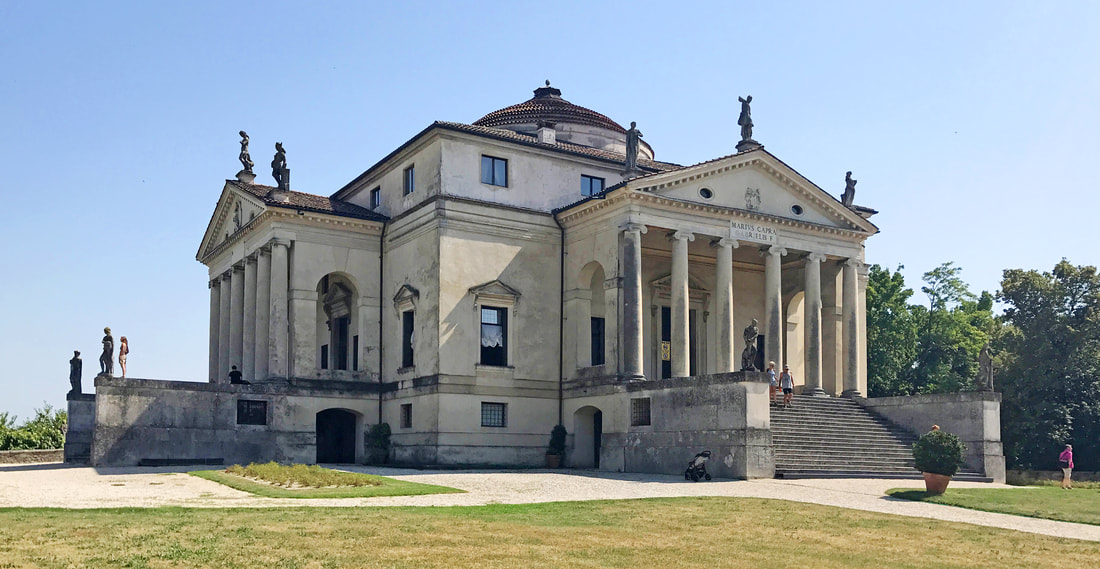
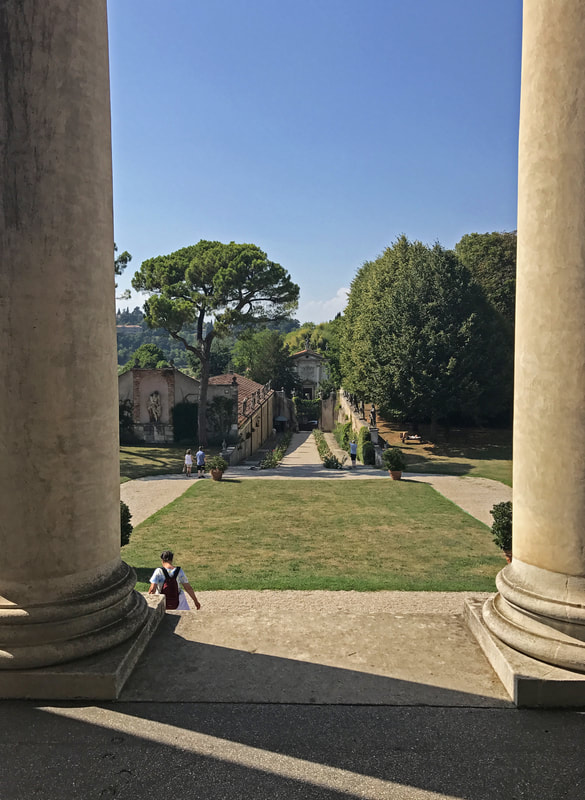
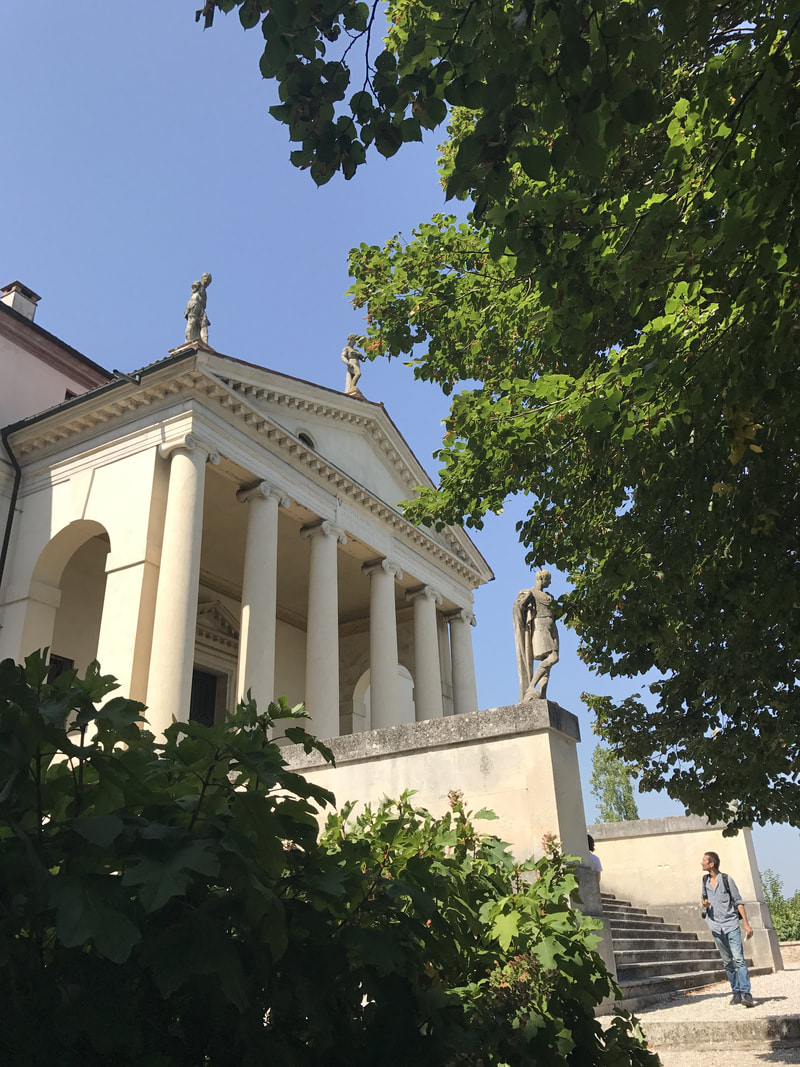
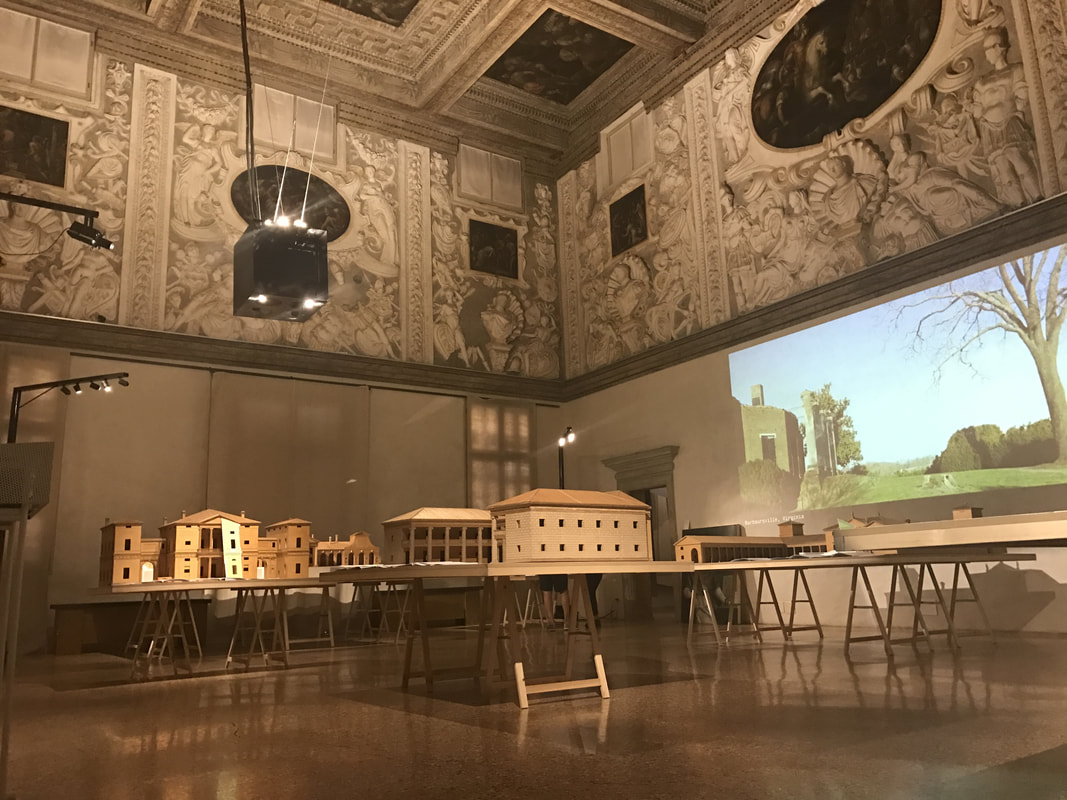

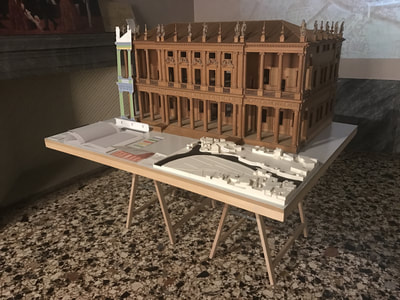

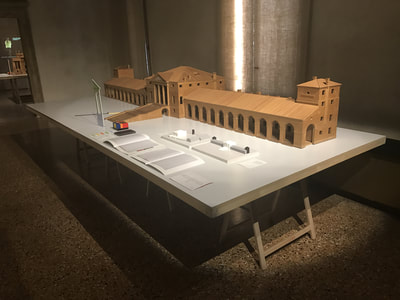
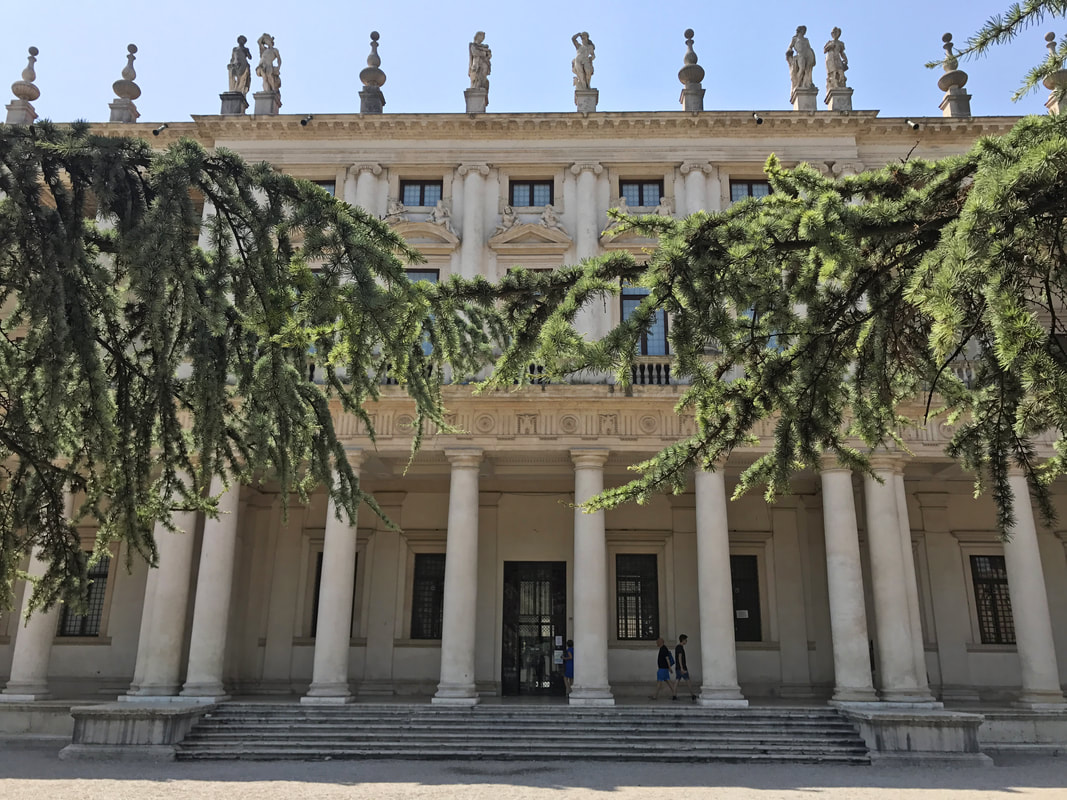
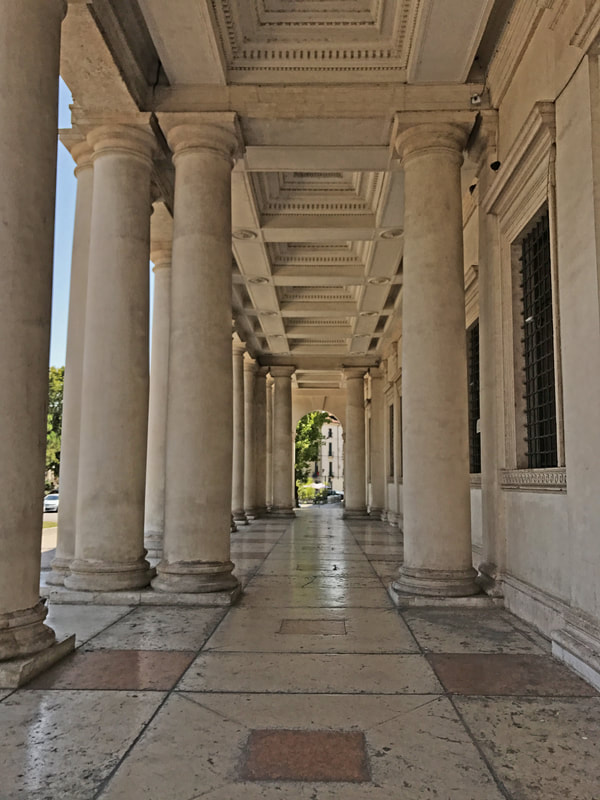
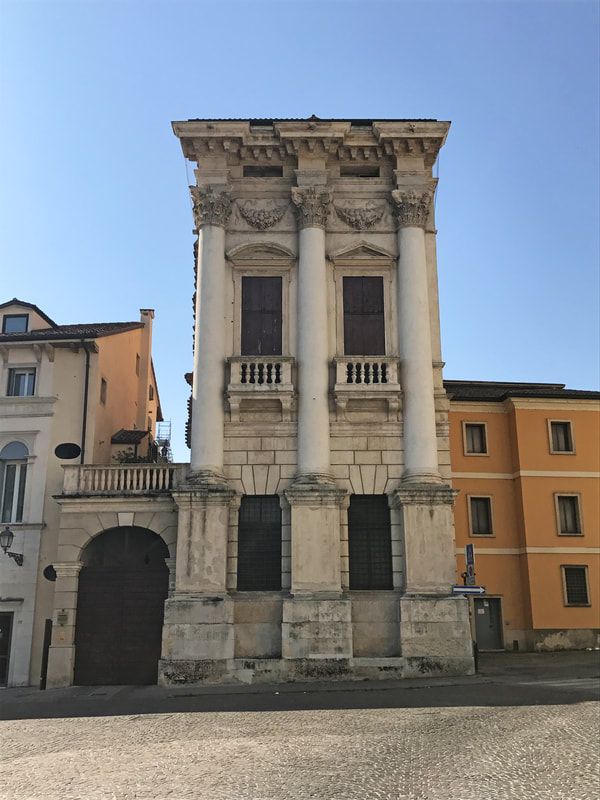
 RSS Feed
RSS Feed